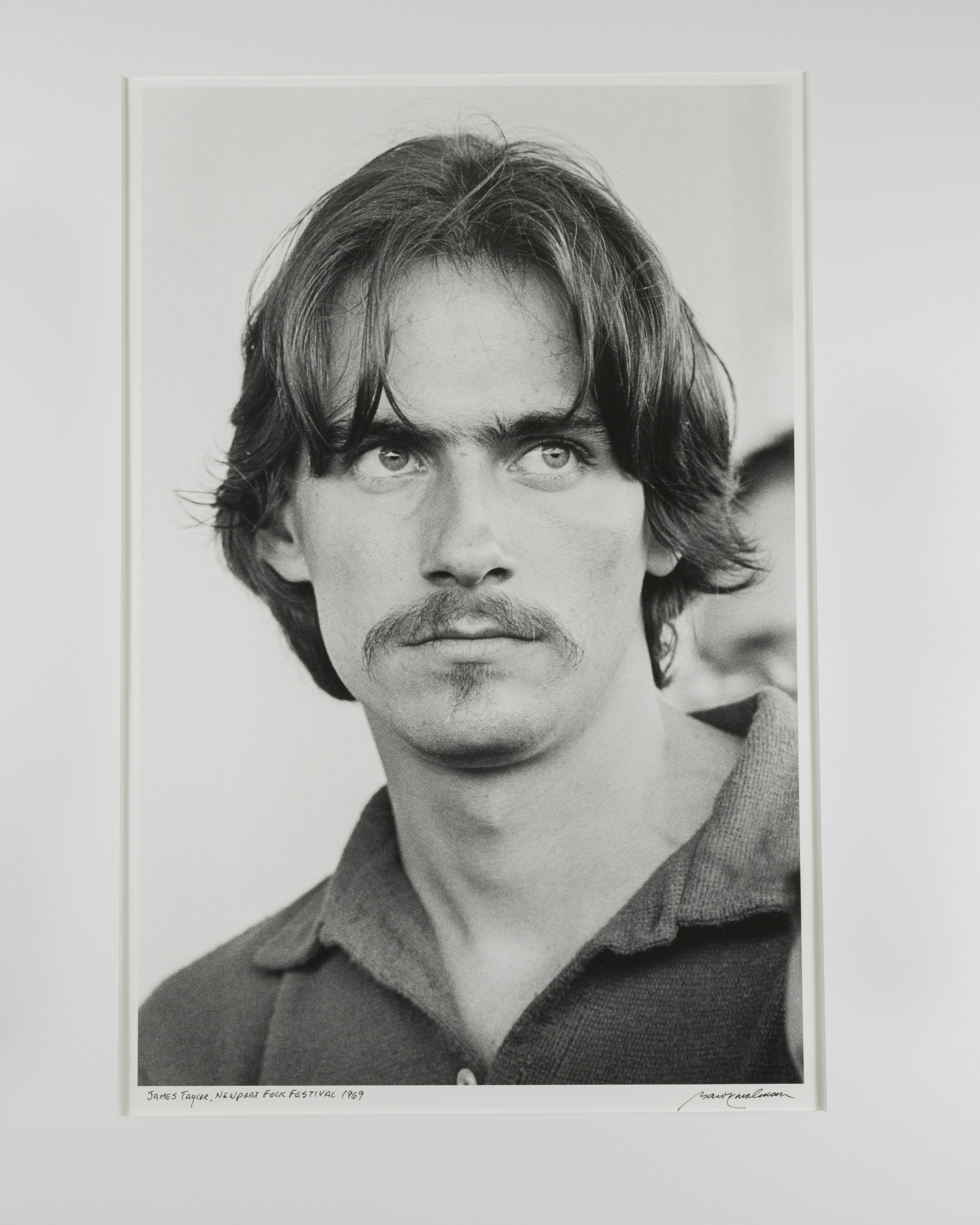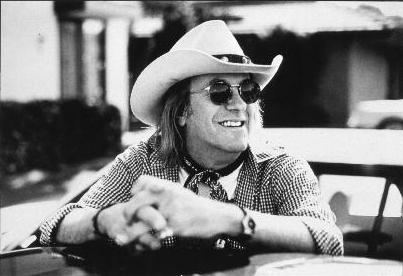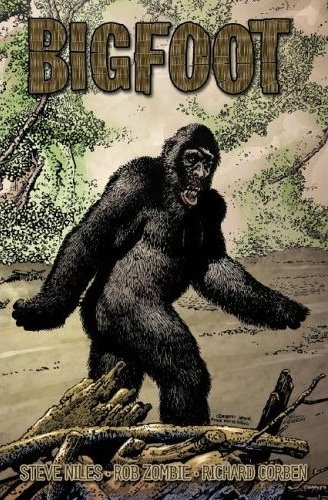 Music cannot exist in a vacuum. Geoge Lucas might not have known this, but Stanley Kubrick did. The producers of American Idol did (and do), too. One of the reasons millions of Americans (proudly including me) watch the reality show is because of the human interest segments they produce on select contestants. One of the best of these segments was Kellie Pickler's, showing her back on her grandfathers' farm in Palestine, North Carolina. Pickler had lived with her grandparents ever since she was two, when her twenty-year old mother abandoned her, and she was left to live with her paternal grandparents (her father was/is an alcoholic, drug addict, and convicted violent criminal).
Music cannot exist in a vacuum. Geoge Lucas might not have known this, but Stanley Kubrick did. The producers of American Idol did (and do), too. One of the reasons millions of Americans (proudly including me) watch the reality show is because of the human interest segments they produce on select contestants. One of the best of these segments was Kellie Pickler's, showing her back on her grandfathers' farm in Palestine, North Carolina. Pickler had lived with her grandparents ever since she was two, when her twenty-year old mother abandoned her, and she was left to live with her paternal grandparents (her father was/is an alcoholic, drug addict, and convicted violent criminal).
In her interviews and performances, Pickler came across as the sweetest naive little country girl you ever did see, and her obvious love and devotion to her grandfather (and little brother) was as heartwarming as the story of her mother's abandonment was heartbreaking. Pickler's aww-shucks charm won the judges over, even snooty Simon. Alas, Pickler didn't win that year (though she finished in the top twelve); however, she has since found major success in Nashville, where her debut album went gold and won her an ASCAP award for her songwriting (as she co-penned half the album). Her first single, "Red High Heels," reached the top twenty of the country charts, and the video of that song made it to #1 on the GAC Top 20 Countdown.
I didn't find "Red High Heels" too exciting; it had its charm (Pickler's vocal, mainly), but it didn't seem special, and it blended in with the rest of Music Row's cookie-cutter country. The album's second single--"I Wonder"--didn't stand out from the pack either, production-wise. It harbors the typical Nashville sound. The sheen could not, however, completely gloss over the story within. It's a story as good as the ones in Dolly Parton's classic"Coat of Many Colors" and Loretta Lynn's recent "Little Red Shoes" and Patty Loveless's "You'll Never Leave Harlan Alive" (though Pickler's music isn't anywhere near up to the likes of those legends). It's a bittersweet story, heartbreaking and triumphant, sad and victorious, and in Pickler's vocals we hear those emotions conflicting. She doesn't oversing the song (trying for that big Celine Dion moment); she doesn't treat it as treacle, blubbering and whispering throughout; and she doesn't treat it as a harsh homily or an admonition. She's proud of what she's become, yet we still hear how truly sad she is--how much she's missed having her mother around--even in the last line she sings. This tragic underpinning helps give the song--and Pickler herself--a sense of true glory.
NOTE: This record was originally much higher up the charts (somewhere in the top 100), with a much longer explication and explanation of its merits, stardom, and American Idol. However, just this week I realized that tomorrow is my mother's birthday. I browsed through the songs that were left on my chart, and nothing really fit. This one comes close, though.
My mother neved abandoned me; in fact, she's been my most ardent supporter in (just) about everything I've ever done. She was there for my prom, cheered me on at football games (okay, I was in the band...but still), and all the stuff that Pickler's mom was never there for. My mom is most decidedly not Pickler's mom, and that's why I'm dedicating this song to her...and also, I think my mom would probably like this song (at least more than 95% of what's on my chart).
So, I'm putting "I Wonder" right here, on the day before my mother turns fifty-nine. This one goes out to you, Mom. Happy Birthday. I love you.
Andy



 Almost immediately, faded-Polaroid visions of shag carpet, plaid polyester pants, and chevy vans appeared before me, and Mark Spitz began to transform into
Almost immediately, faded-Polaroid visions of shag carpet, plaid polyester pants, and chevy vans appeared before me, and Mark Spitz began to transform into 



 The Quintet's first album (pictured above) contained the marvelous song "She's About a Mover." The song was a hit (#12 on Billboard's pop chart, and #25 on Billboard's country chart), and Sahm and band toured to support it. Finishing his tour the next year, Sahm returned home, flying in to Corpus Christi, and once he landed, the feds busted him, charging him with possession of marijuana. He was arrested and jailed. He didn't have to stay in jail too long, though (and he got a much better sentence than his buddy Freddy Fender did for the same crime, about the same time, back in Louisiana), and when he was released, he cursed Texas for all it was worth and left the state, swearing he'd never come back.
The Quintet's first album (pictured above) contained the marvelous song "She's About a Mover." The song was a hit (#12 on Billboard's pop chart, and #25 on Billboard's country chart), and Sahm and band toured to support it. Finishing his tour the next year, Sahm returned home, flying in to Corpus Christi, and once he landed, the feds busted him, charging him with possession of marijuana. He was arrested and jailed. He didn't have to stay in jail too long, though (and he got a much better sentence than his buddy Freddy Fender did for the same crime, about the same time, back in Louisiana), and when he was released, he cursed Texas for all it was worth and left the state, swearing he'd never come back.

 Woo, buddy! Now, that was a concert; that was a show. If we'd had have to have left then, I would have been fine; fortunately, we still had one show to go. After a thirty-minute intermission, Mavis Staples and her band entered the stage. She introduced herself, said she was finally glad to be back home, joked about this being the first time she'd ever been to the...(deliberate pause on her part) Convention Center, and the band began playing "Eye on the Prize," a song from her fantastic 2007 album We'll Never Turn Back. After that one, she and her band launched into "For What It's Worth," the old Buffalo Springfield song (the one with "Stop children/What's that sound/Everyone look/What's goin' down" in the chorus) that the Staple Singers once recorded. Both songs were good, sung and performed well, but something seemed to be missing. The energy that the Blind Boys brought just wasn't there. Maybe it was the slower tempo of Staples' first two songs. Dunno.
Woo, buddy! Now, that was a concert; that was a show. If we'd had have to have left then, I would have been fine; fortunately, we still had one show to go. After a thirty-minute intermission, Mavis Staples and her band entered the stage. She introduced herself, said she was finally glad to be back home, joked about this being the first time she'd ever been to the...(deliberate pause on her part) Convention Center, and the band began playing "Eye on the Prize," a song from her fantastic 2007 album We'll Never Turn Back. After that one, she and her band launched into "For What It's Worth," the old Buffalo Springfield song (the one with "Stop children/What's that sound/Everyone look/What's goin' down" in the chorus) that the Staple Singers once recorded. Both songs were good, sung and performed well, but something seemed to be missing. The energy that the Blind Boys brought just wasn't there. Maybe it was the slower tempo of Staples' first two songs. Dunno. The house pepped up during Staples' third song, an uptempo funk-gospel throwdown of "Wade in the Water," and many of the crowd (all of whom--except for my wife and me--were over fifty) started singing along, started moving, started clapping and throwing their hands. After she finally had the crowd fully with her, Staples slowed it down, way down, and she had everyone's rapt attention. She performed "Waiting for My Child to Come Home," a tune written and (first) recorded in 1963 by the Miami-based gospel duo the Consolers (who were the top gospel-selling act of all time when they--Sullivan Pugh and his wife, Iola--were in their prime), a song I'd heard (at least) snippits of before, but not in, oh, about twenty years. In the Encylopedia of American Gospel Music, Sullivan Pugh stated that as the Consolers "traveled, people would ask if they had seen their children," and this inspired him to write this song. Rather than ineptly summarize the story, I'll just print the lyrics:
The house pepped up during Staples' third song, an uptempo funk-gospel throwdown of "Wade in the Water," and many of the crowd (all of whom--except for my wife and me--were over fifty) started singing along, started moving, started clapping and throwing their hands. After she finally had the crowd fully with her, Staples slowed it down, way down, and she had everyone's rapt attention. She performed "Waiting for My Child to Come Home," a tune written and (first) recorded in 1963 by the Miami-based gospel duo the Consolers (who were the top gospel-selling act of all time when they--Sullivan Pugh and his wife, Iola--were in their prime), a song I'd heard (at least) snippits of before, but not in, oh, about twenty years. In the Encylopedia of American Gospel Music, Sullivan Pugh stated that as the Consolers "traveled, people would ask if they had seen their children," and this inspired him to write this song. Rather than ineptly summarize the story, I'll just print the lyrics: Staples next covered the Band's song "The Weight," which the Staple Singers famously covered in The Last Waltz. Staples let her male background vocalist take the verses, and doggone if he wasn't a ringer for Pops. Sounded just like him. She and her sister Yvonne--the other backup singer--then went to the back of the stage, sat down, drank some water, fanned themselves, and patted the sweat from their foreheads as the guitarist, bassist, and drummer worked up a ten-minute instrumental take on the old spiritual "Wayfaring Stranger." The musicians were tight and talented, but I can only take so much of jamming, and I was ready for Staples to start singing again.
Staples next covered the Band's song "The Weight," which the Staple Singers famously covered in The Last Waltz. Staples let her male background vocalist take the verses, and doggone if he wasn't a ringer for Pops. Sounded just like him. She and her sister Yvonne--the other backup singer--then went to the back of the stage, sat down, drank some water, fanned themselves, and patted the sweat from their foreheads as the guitarist, bassist, and drummer worked up a ten-minute instrumental take on the old spiritual "Wayfaring Stranger." The musicians were tight and talented, but I can only take so much of jamming, and I was ready for Staples to start singing again.


 on the island and deciding to smuggle a couple of them back home, el chupacabra began attacking farm animals--goats, predominantly--in Mexico. The first documented American sighting began in 1996. What happened, then, between '74 and '96? Migration. From Mexico up to Cuero, Texas, the bloodsucking critters have traveled. Harrold, Texas--where sits the gun-toting Texas teachers--is only 450 miles north of Cuero, and I believe the school board knew that it was only a short matter of time before el chupacabra traveled up their way, and thereby enacted a pre-emptive strike: let's shoot 'em before they get us, and let's shoot 'em before the pesky media ever uncovers any evidence. Nothing to see here, m'am, 'cept my gun. Looks all nice and shiny, don't it? Wanna take a closer look? Here's the barrel!
on the island and deciding to smuggle a couple of them back home, el chupacabra began attacking farm animals--goats, predominantly--in Mexico. The first documented American sighting began in 1996. What happened, then, between '74 and '96? Migration. From Mexico up to Cuero, Texas, the bloodsucking critters have traveled. Harrold, Texas--where sits the gun-toting Texas teachers--is only 450 miles north of Cuero, and I believe the school board knew that it was only a short matter of time before el chupacabra traveled up their way, and thereby enacted a pre-emptive strike: let's shoot 'em before they get us, and let's shoot 'em before the pesky media ever uncovers any evidence. Nothing to see here, m'am, 'cept my gun. Looks all nice and shiny, don't it? Wanna take a closer look? Here's the barrel! 
 never to be heard from again?
never to be heard from again? Ironically, it's the advent and progression of technology that has made these legendary creatures more prominent now than ever before. It's definitely not as if they're anything new. Sure, some crytids such as the Jersey Devil, the West Virginian Mothman, the Dover Demon, the very recently discovered
Ironically, it's the advent and progression of technology that has made these legendary creatures more prominent now than ever before. It's definitely not as if they're anything new. Sure, some crytids such as the Jersey Devil, the West Virginian Mothman, the Dover Demon, the very recently discovered 







